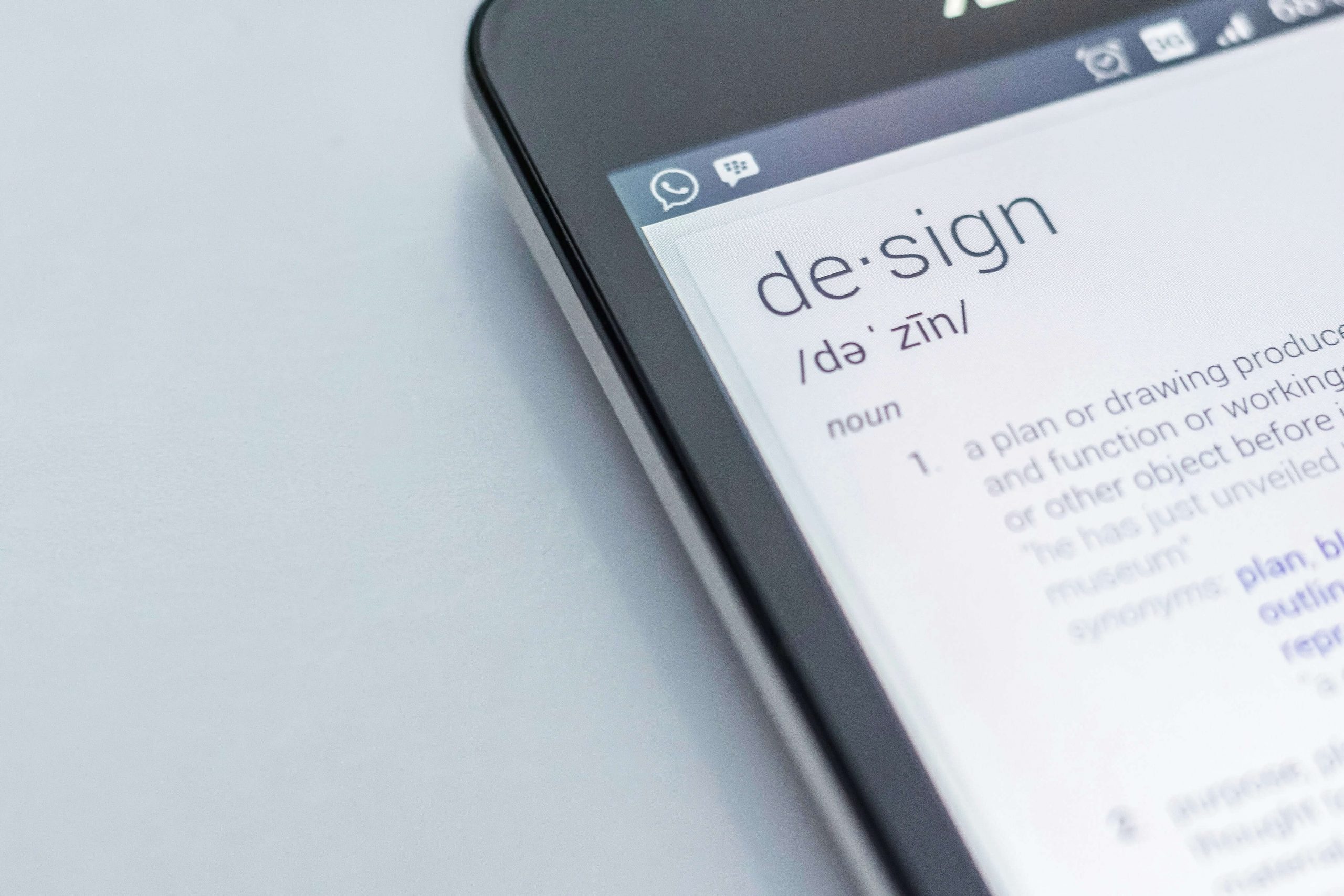February 9th 2024
A guide to creating accessible designs
In today’s rapidly evolving digital landscape, the importance of creating designs that are inclusive and accessible cannot be overstated. Accessibility in design ensures that everyone, regardless of their abilities or disabilities, can access and interact with the content seamlessly. Whether you’re a web designer, graphic artist, or product designer, incorporating accessibility into your designs is a crucial step towards creating a more inclusive and user-friendly experience for all. In this blog post, we will explore the key principles and strategies for designing with accessibility in mind.
Understanding accessibility
Accessibility in design is about removing barriers and providing equal access to information and functionality for all users. This includes people with disabilities such as visual, auditory, motor, or cognitive impairments, as well as those using assistive technologies like screen readers, magnifiers, or voice recognition software.
Key principles of accessible design
Perceivable:
- Ensure that information and user interface components are presented in multiple ways (text, images, audio) to accommodate different user preferences and abilities.
- Use high colour contrast for text and background to enhance readability, and provide alternative text for images to assist users with visual impairments.
Operable:
- Design interfaces that can be easily navigated using a keyboard, touch screen, or other input devices.
- Avoid content that may cause seizures or physical discomfort and ensure that users have enough time to read and interact with the content.
Understandable:
- Create clear and consistent navigation and page structures to help users understand the organisation of content.
- Provide helpful error messages and suggestions for form submissions, and avoid using jargon or complex language.
Robust:
- Ensure that your designs are compatible with a variety of assistive technologies and different devices to guarantee a consistent and reliable user experience.
Practical Strategies for Accessibility
Responsive Design:
- Design responsive websites that adapt to different screen sizes and orientations, ensuring a seamless experience across various devices.
Text alternatives:
- Include descriptive alternative text for images, graphics, and other non-text content to convey information to users who cannot see the visual elements.
Semantic HTML:
- Use semantic HTML markup to enhance the structure and meaning of content, making it easier for assistive technologies to interpret and present information.
Keyboard accessibility:
- Ensure that all interactive elements can be accessed and activated using only a keyboard, catering to users who may have difficulty using a mouse.
Captioning and transcripts:
- Provide captions for videos and audio content, and transcripts for podcasts or other spoken-word content to make the information accessible to users with hearing impairments.
Designing with accessibility in mind is not only a legal and ethical responsibility but also a way to create designs that cater to a diverse and inclusive audience. By adopting these principles and practical strategies, designers can contribute to a more accessible and user-friendly digital landscape, fostering an environment where everyone can participate, engage, and enjoy the benefits of technology without barriers. Embracing accessibility is not just good design practice – it’s a commitment to making the world more inclusive for everyone.
